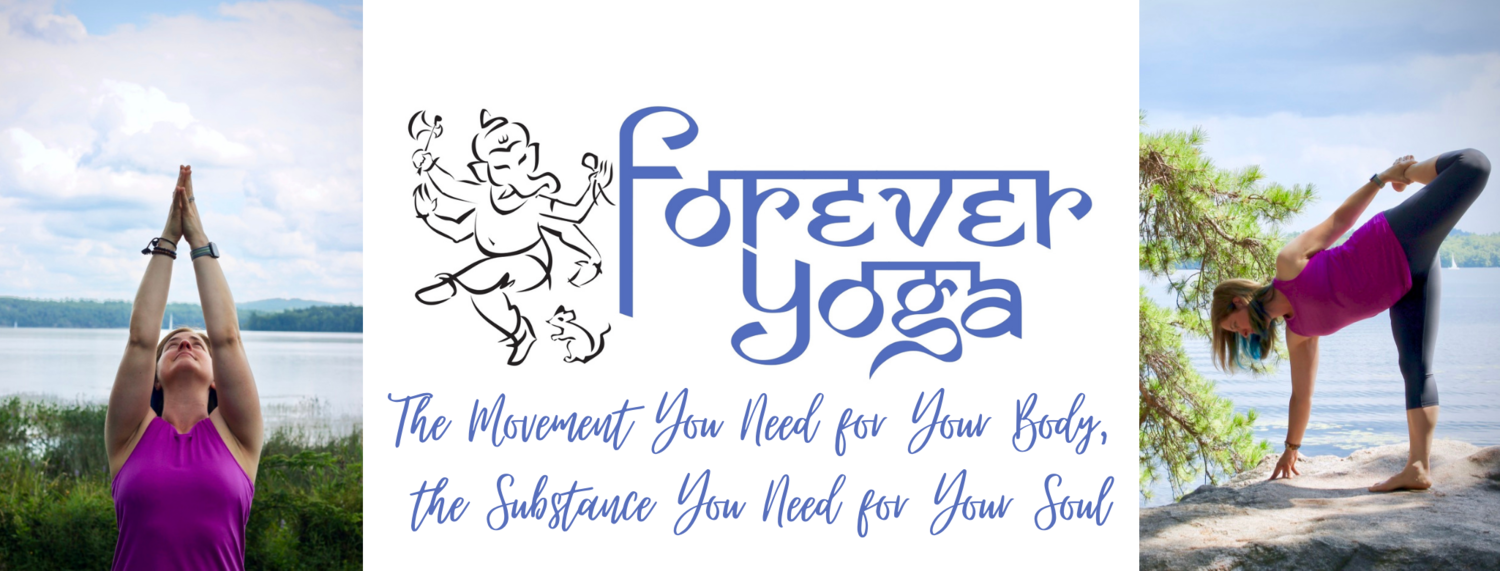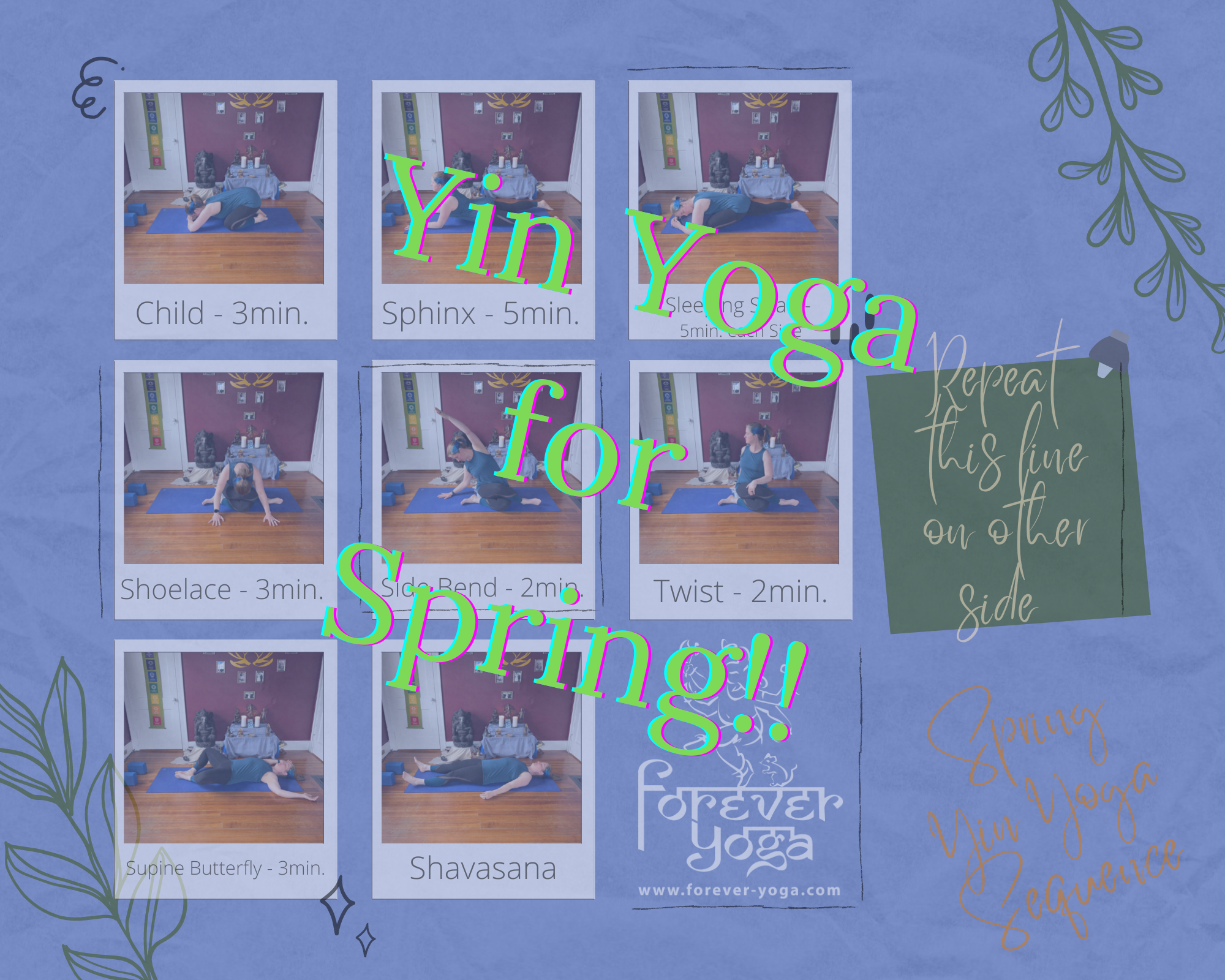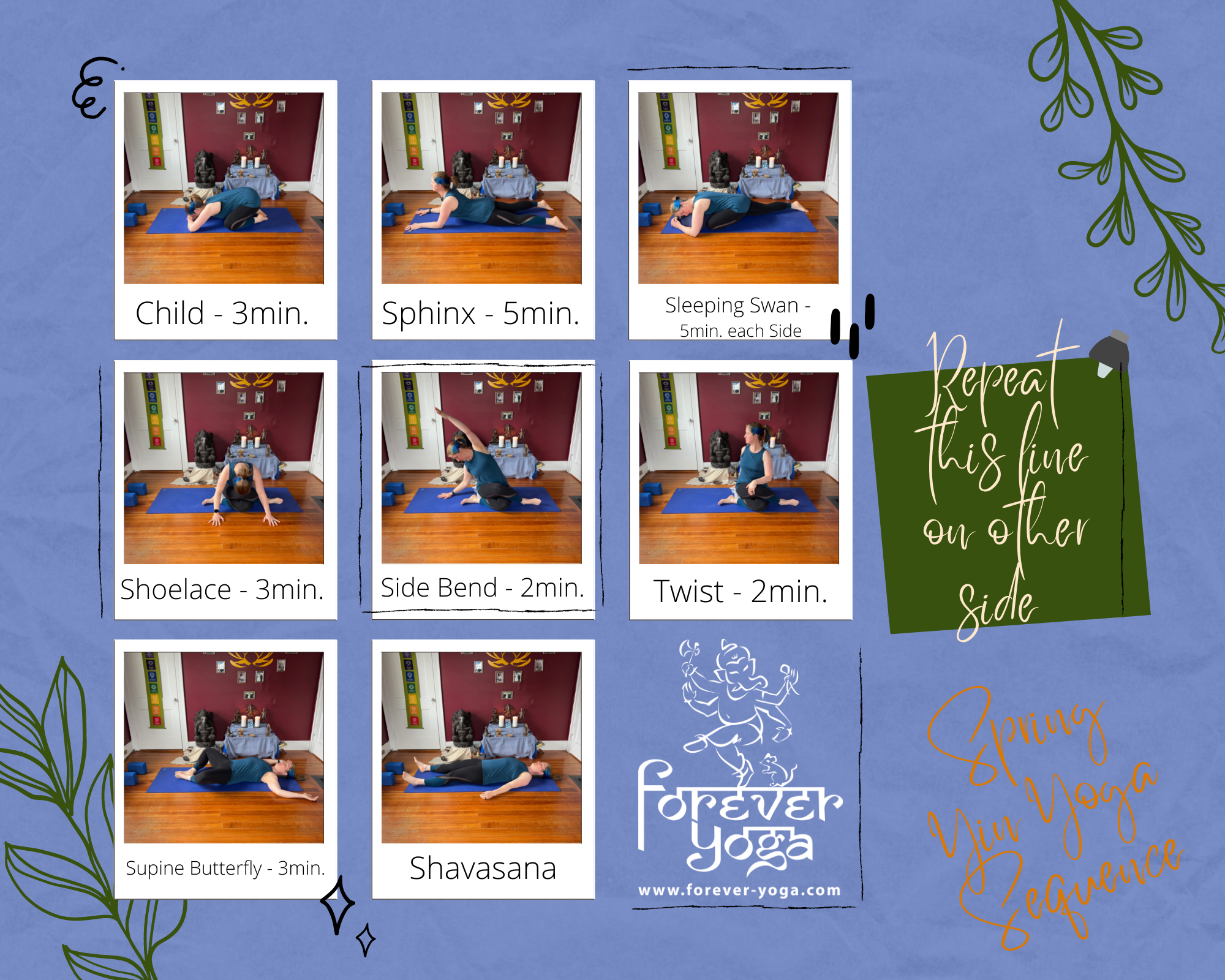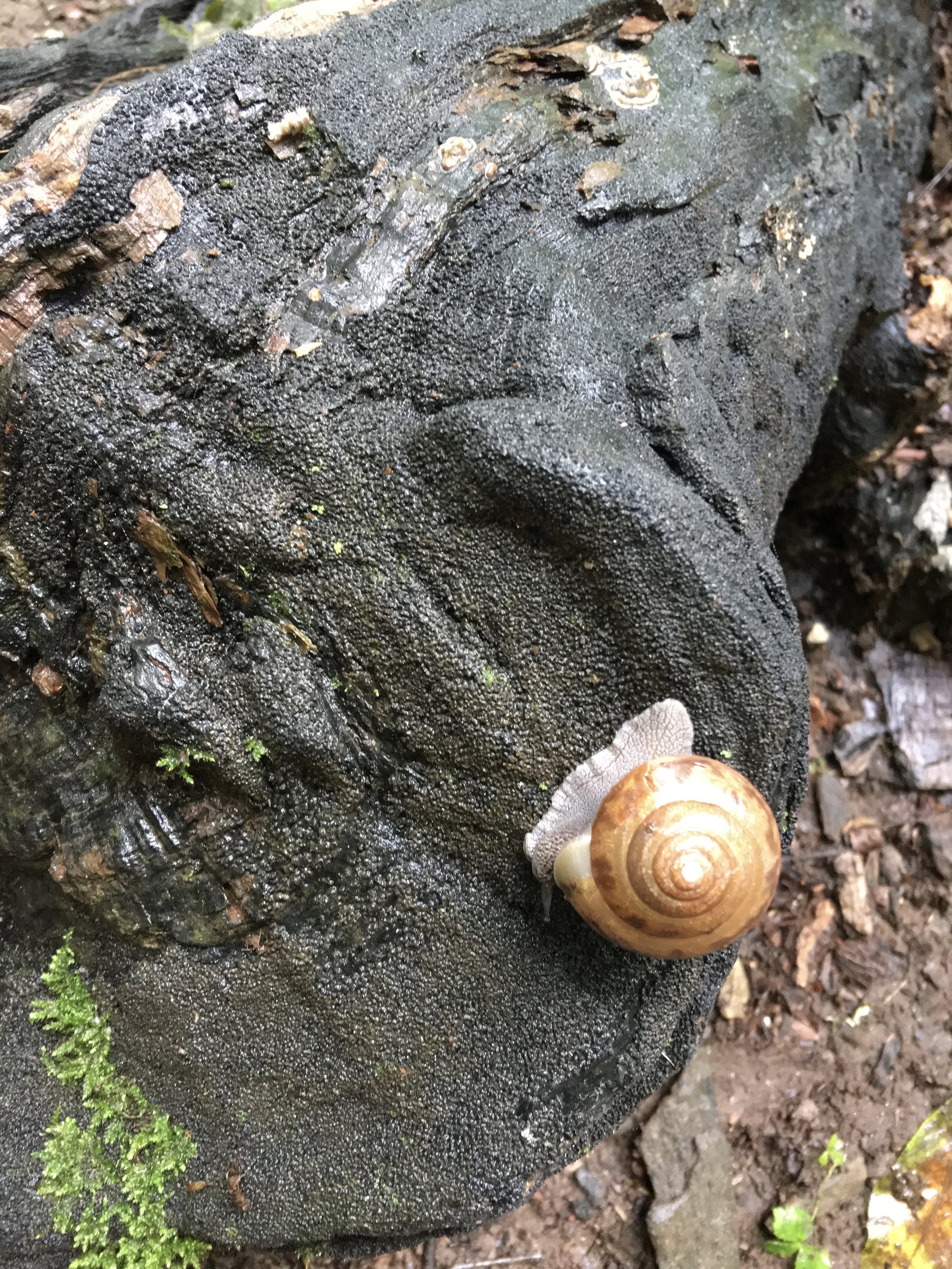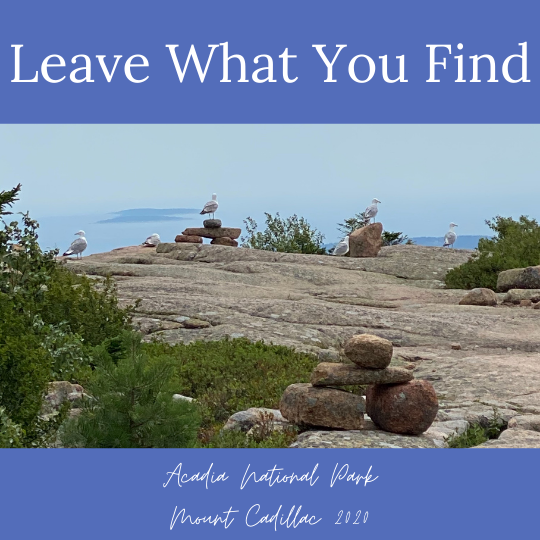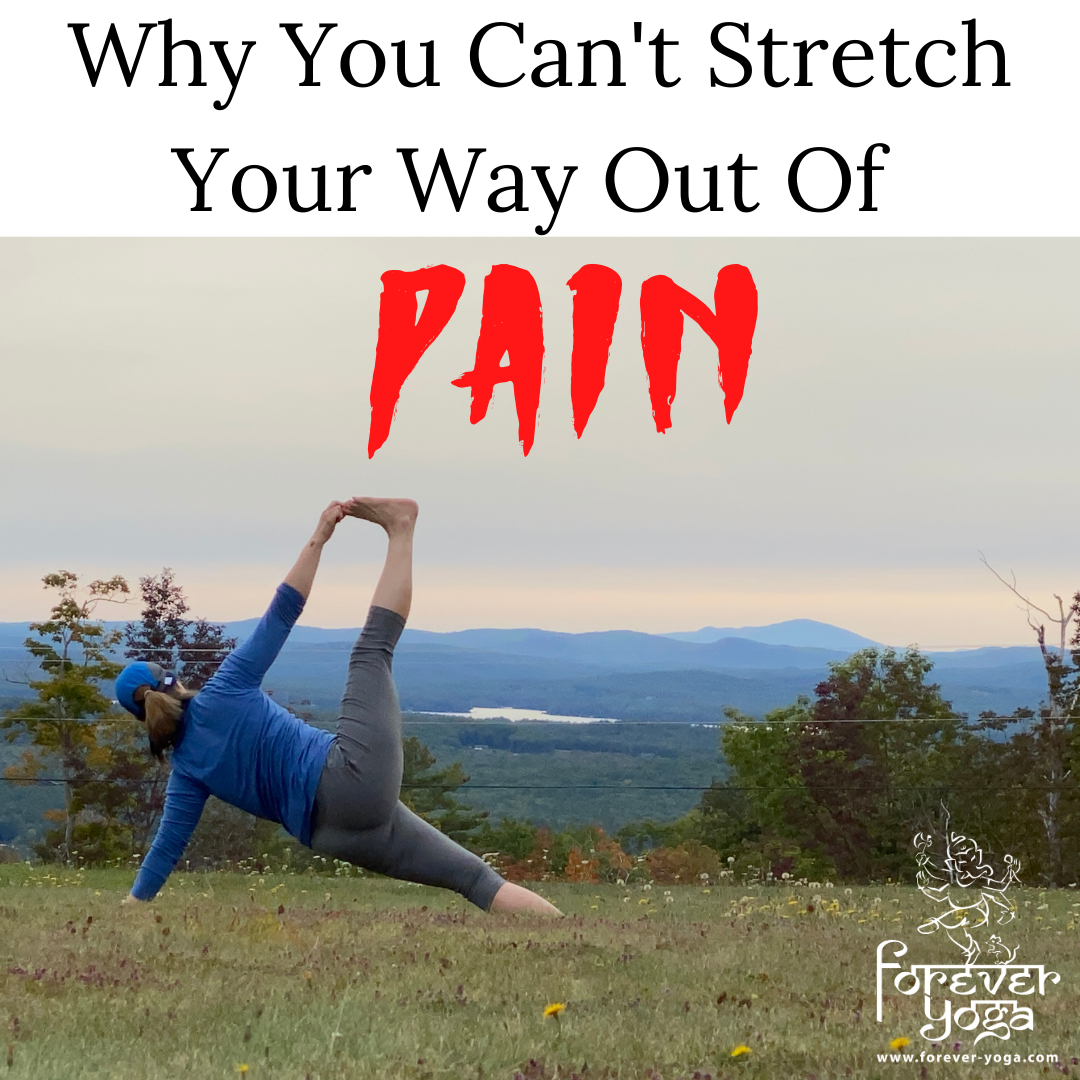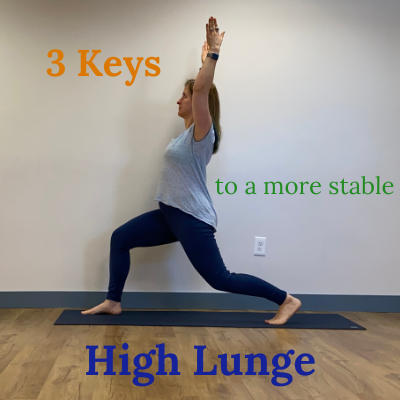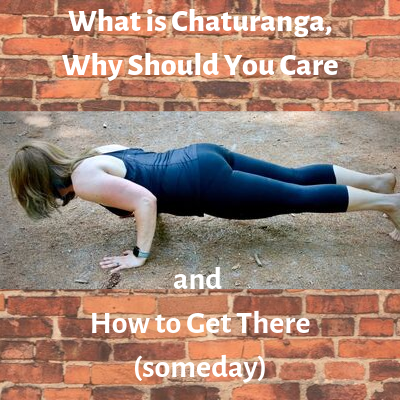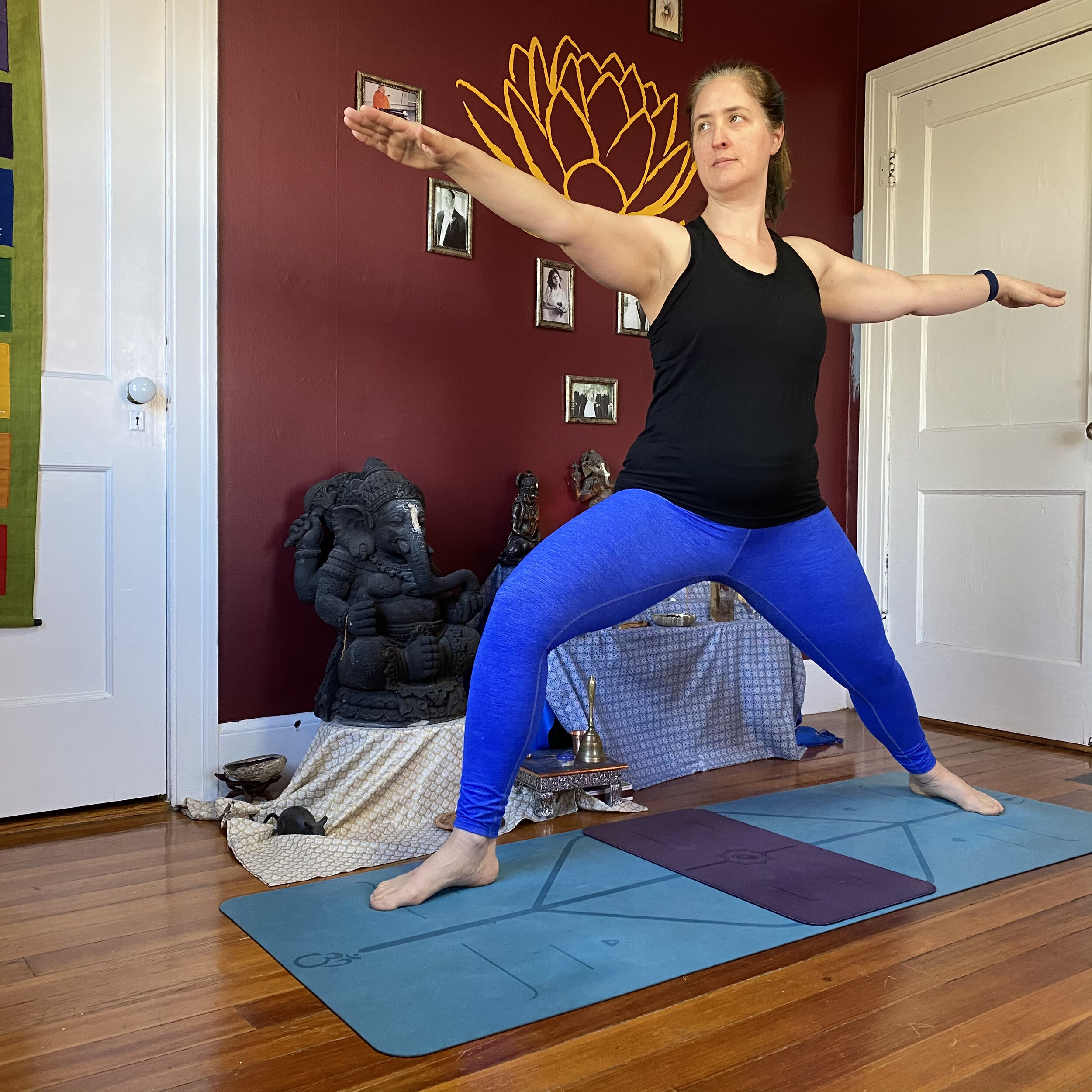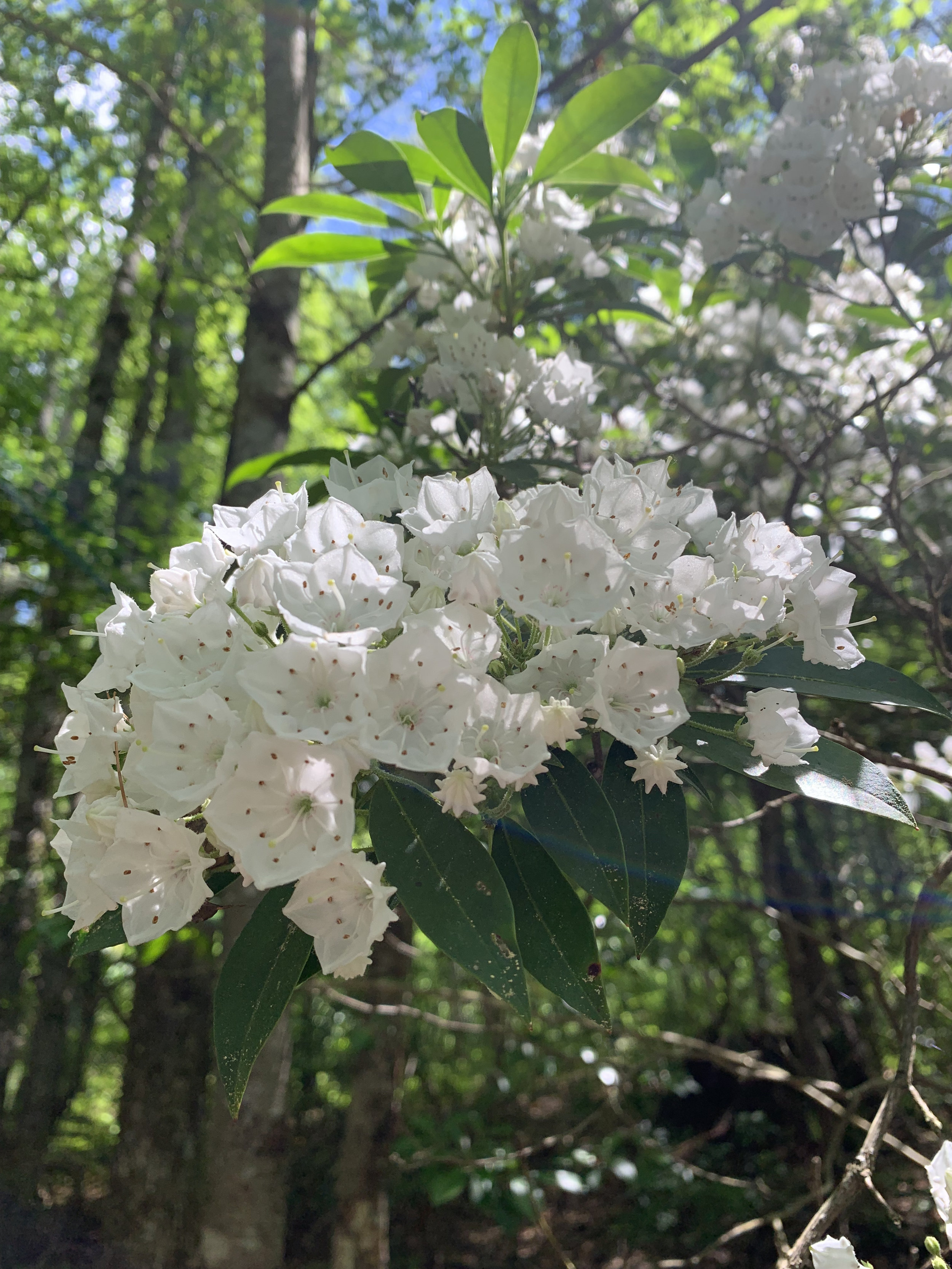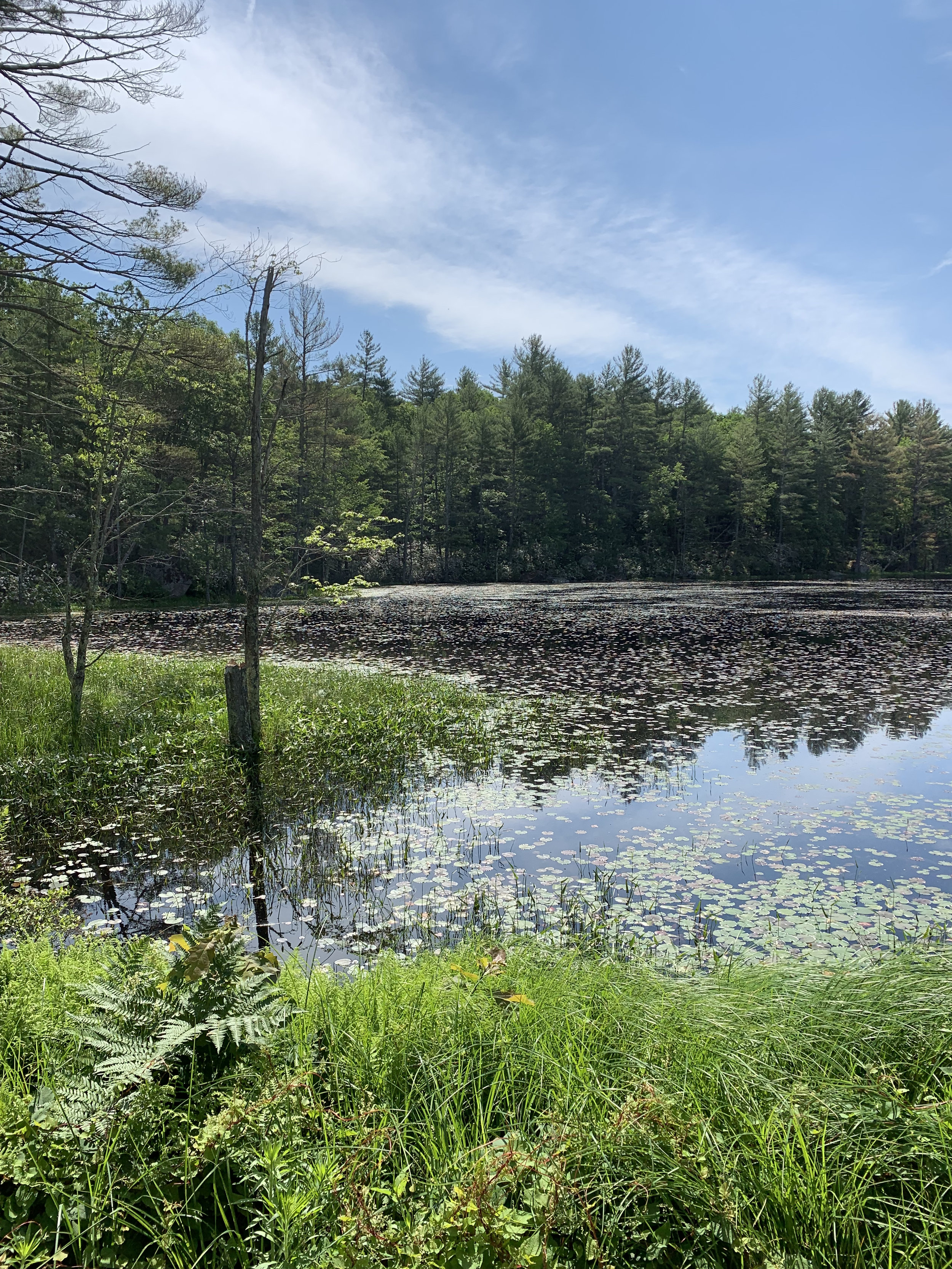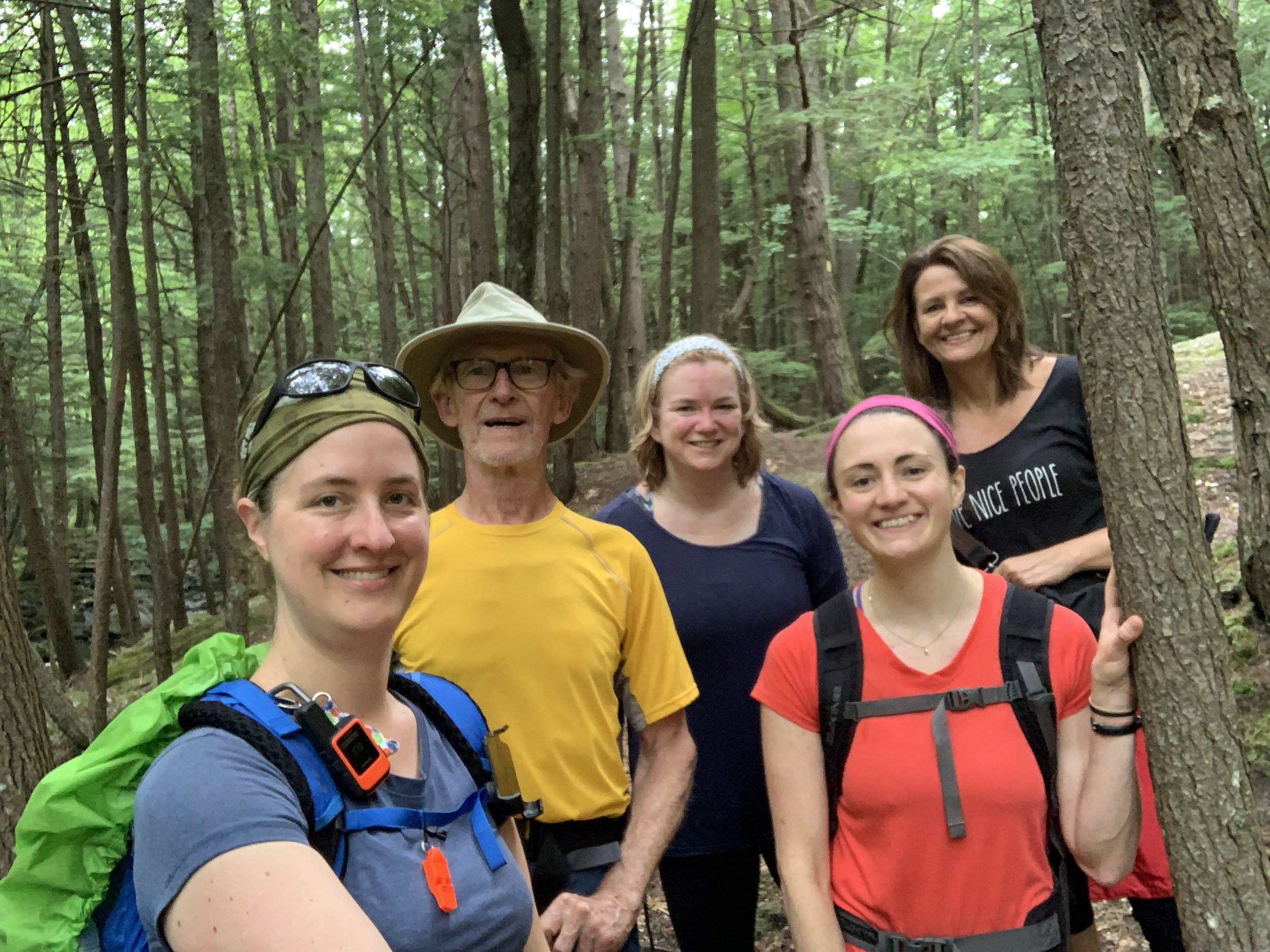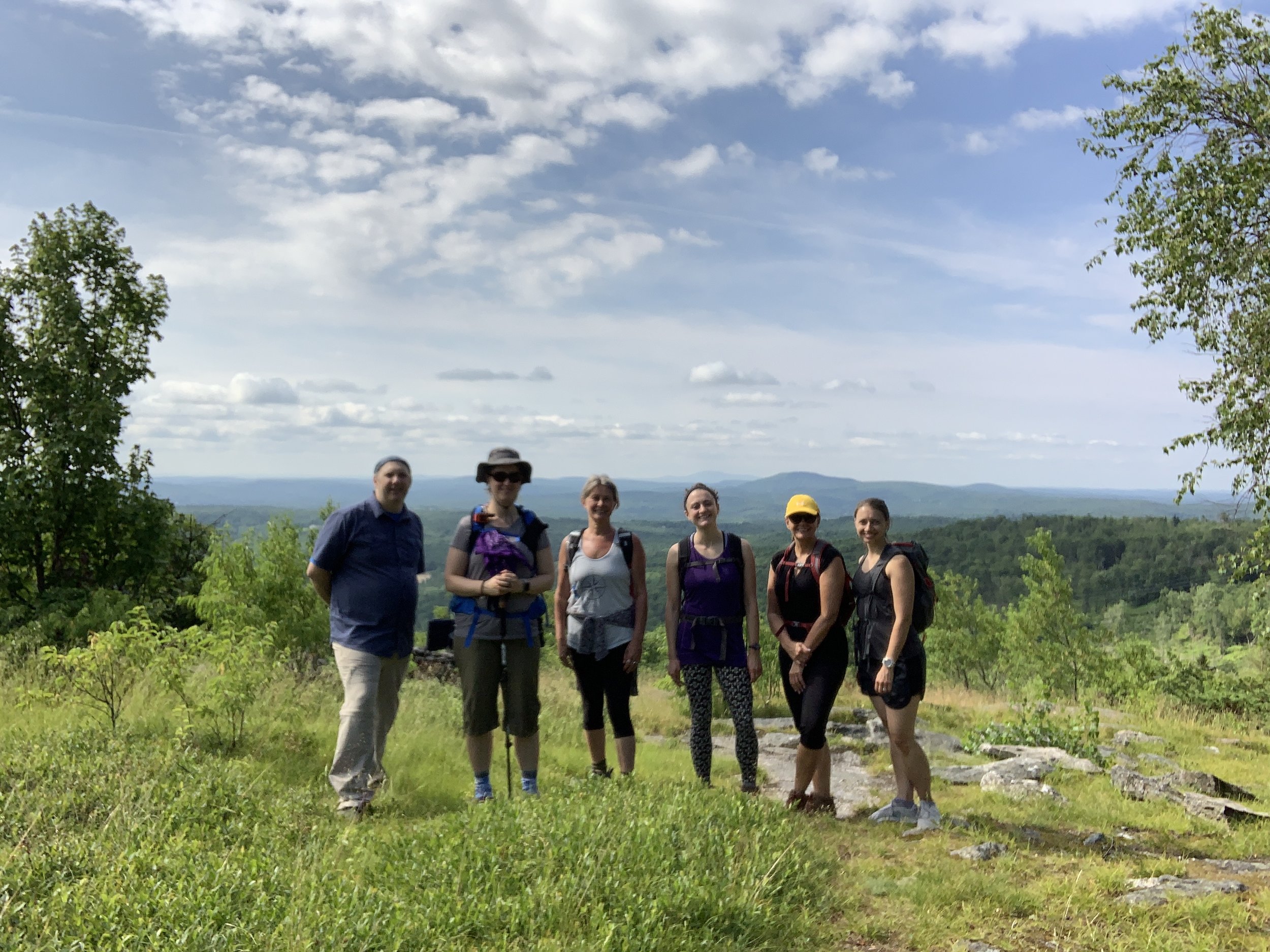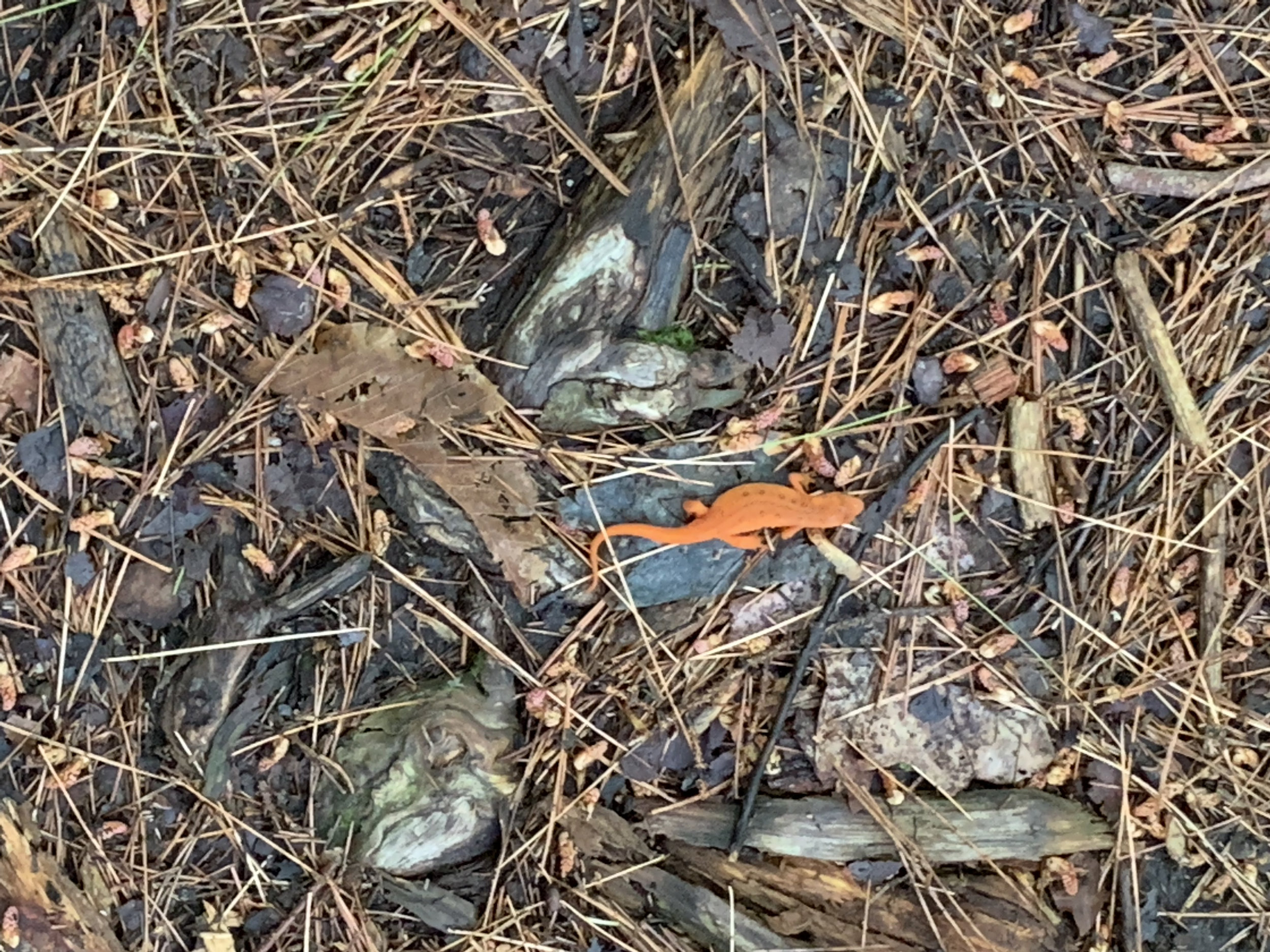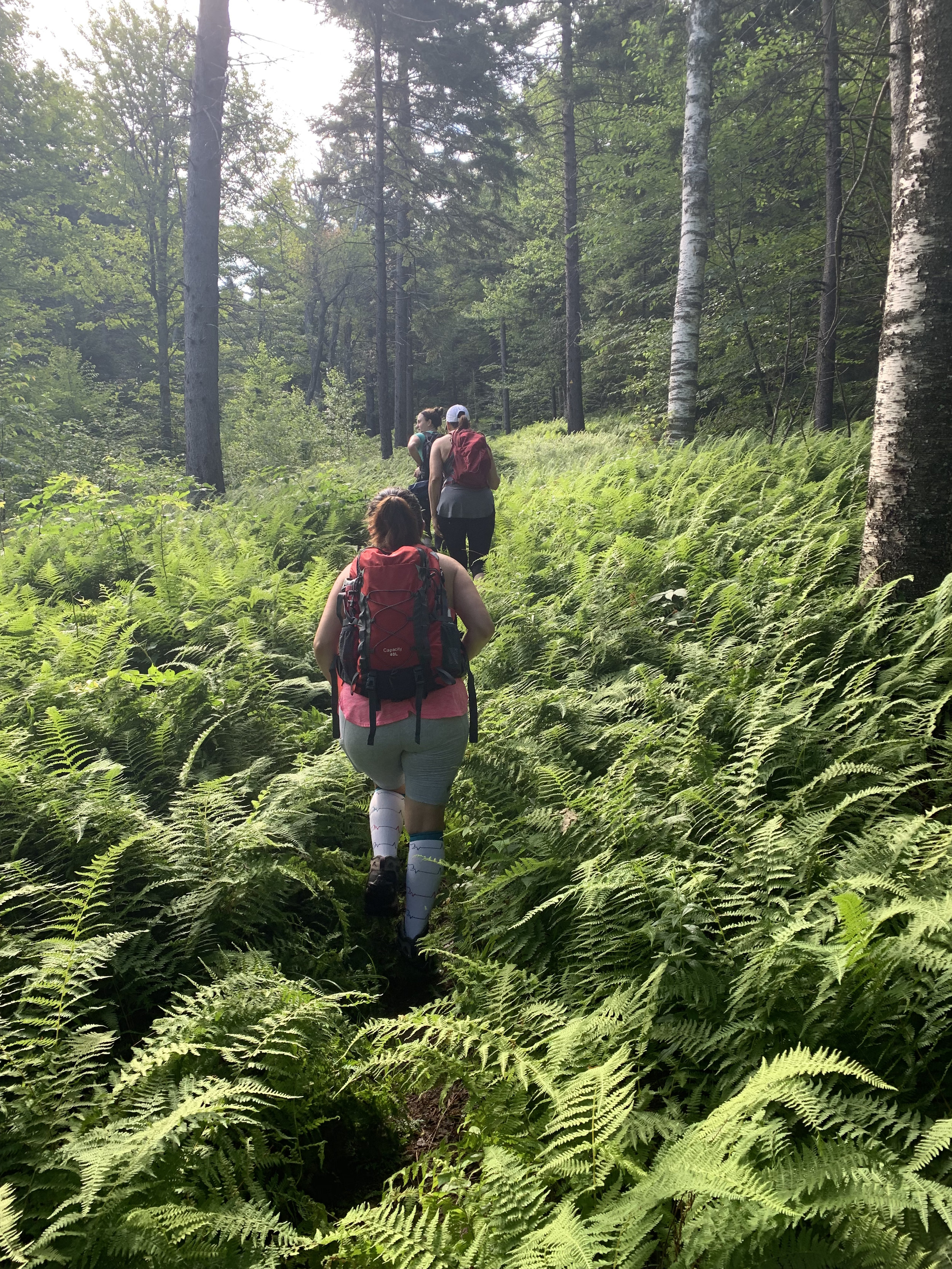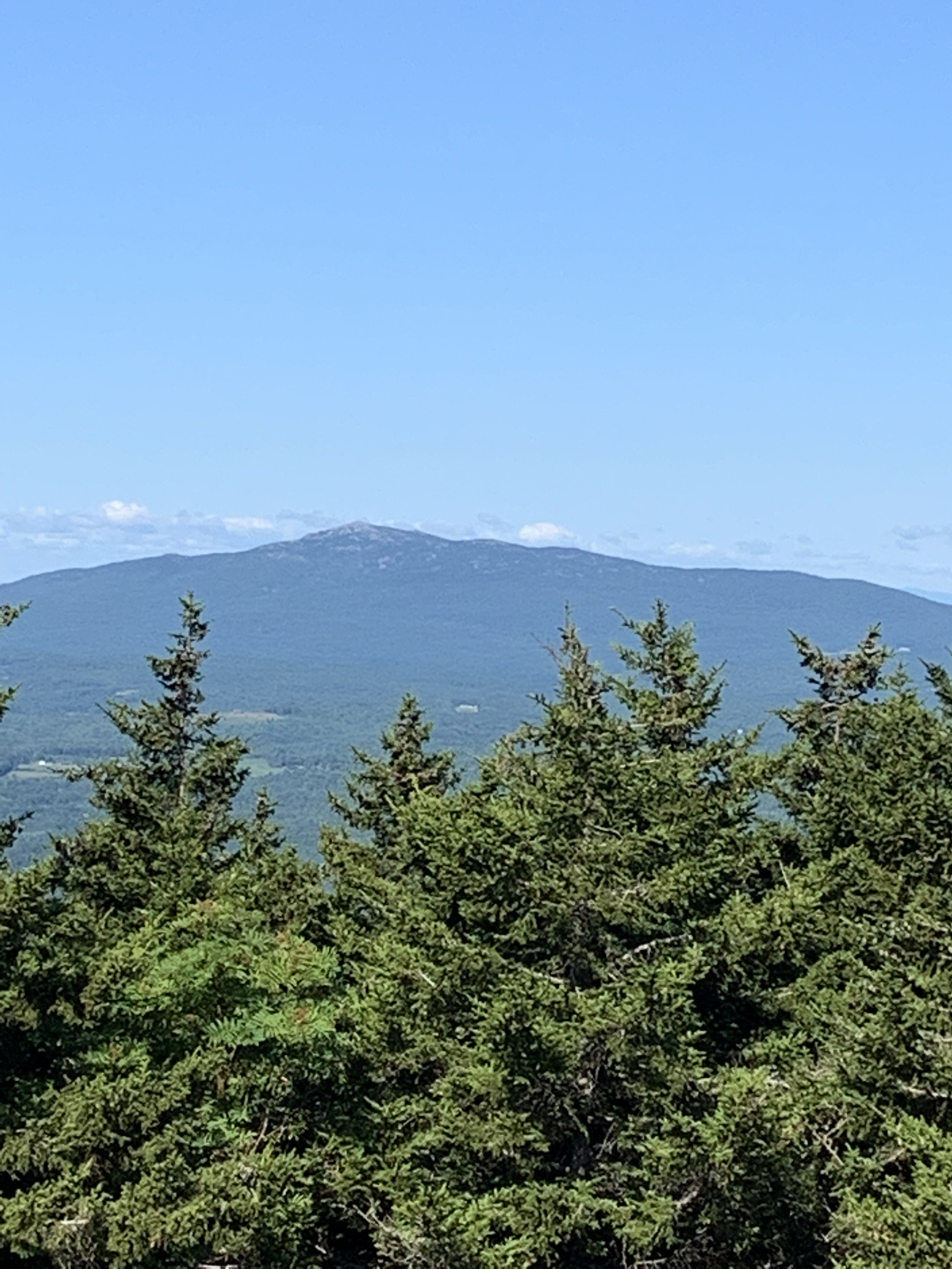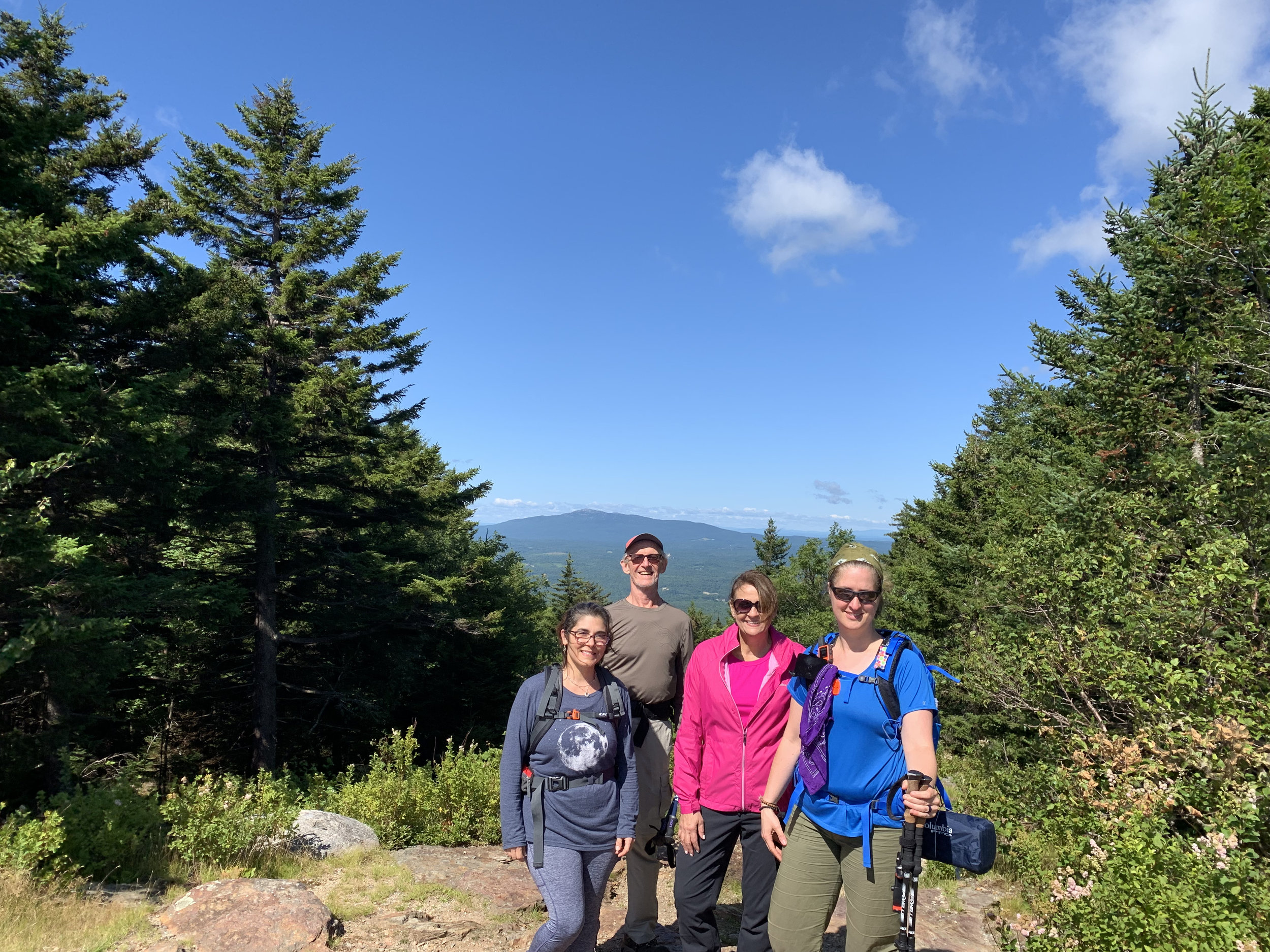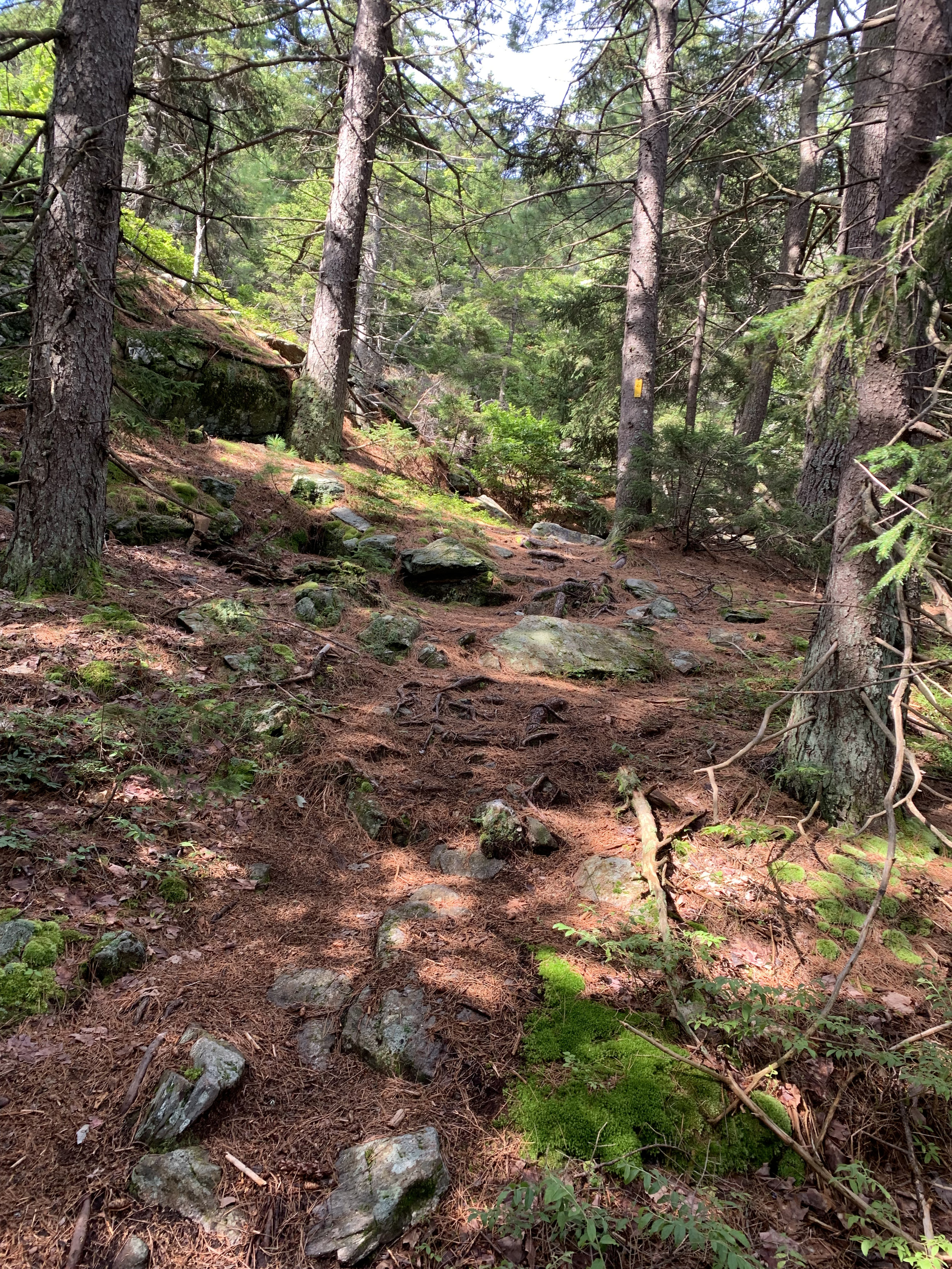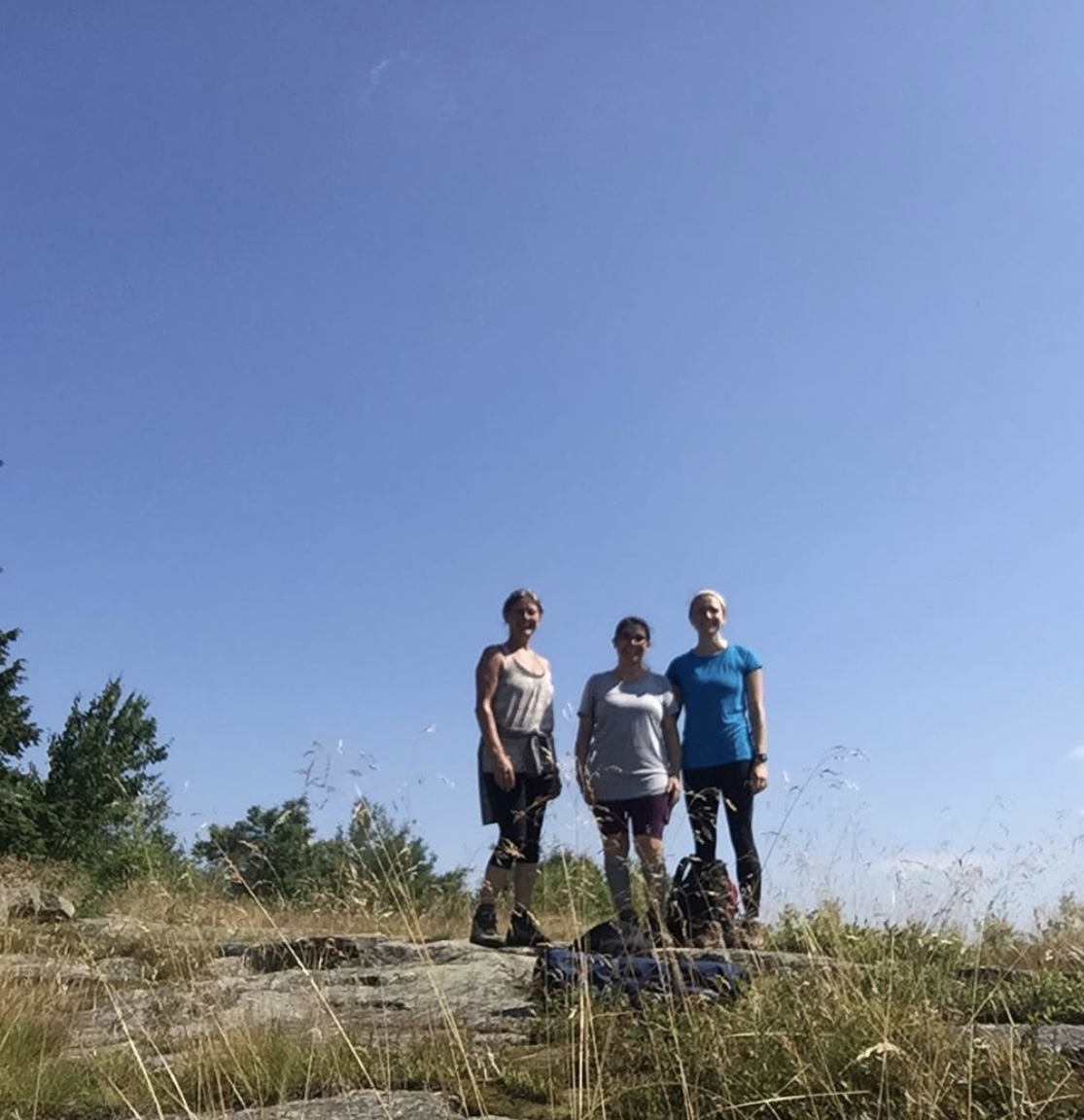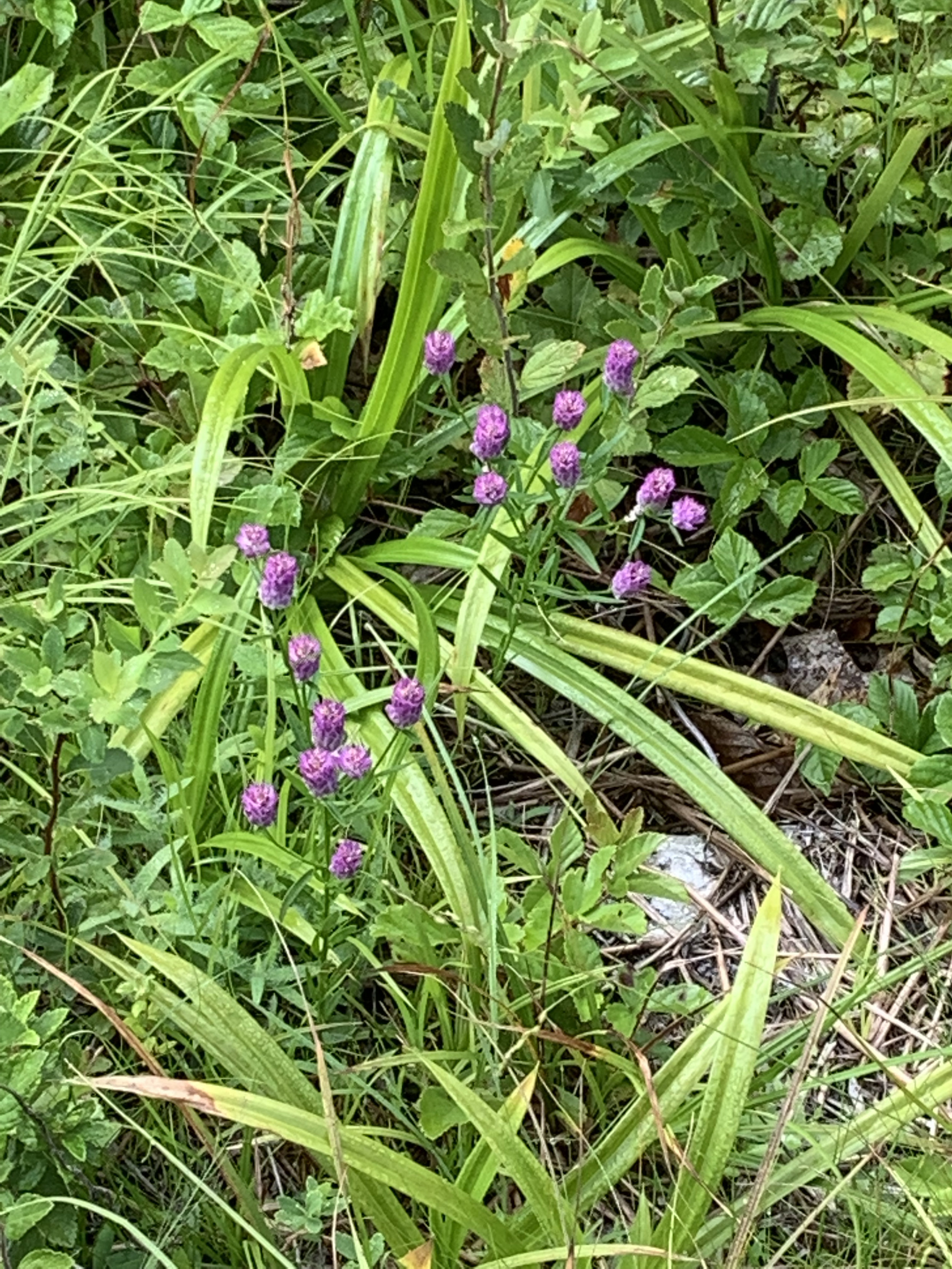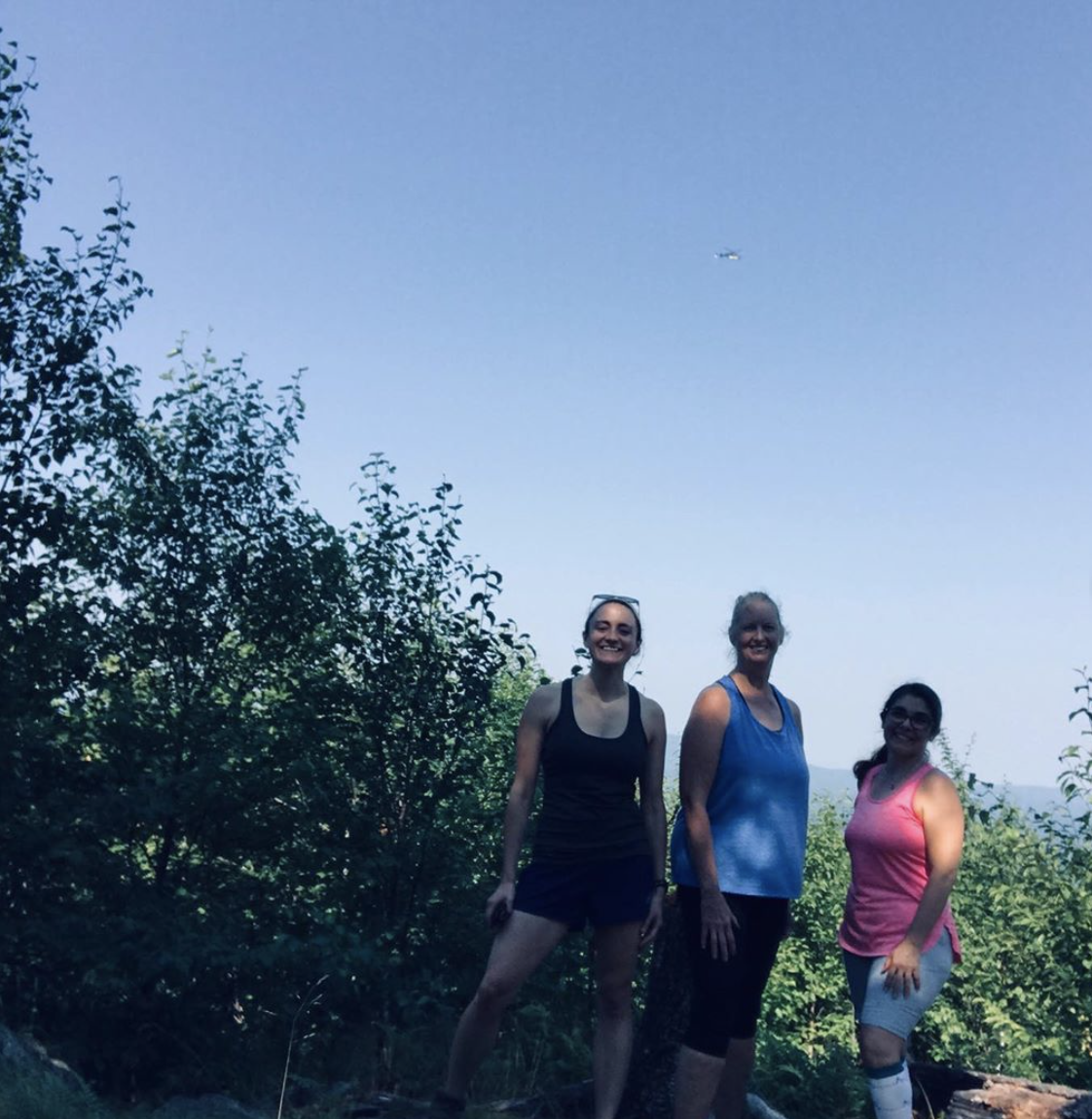Been feeling a bit out of balance lately? Me too. According to Ayurveda, the sister science of yoga, we are well into Vata season which can make us feel a little bit spacey, dry out our skin, make our digestion a little questionable and leave us generally just feeling ungrounded. And it sure did seem to sneak up on us quickly this year! What’s worse, we know that the holiday season is close at hand and all of these things may get exacerbated even more by all the hustle and bustle and stress.
But Yoga and Ayurveda are here to help! Here are a few simple ideas to help you maintain balance (and maybe even your sanity) as the busy holiday season approaches.
The qualities of Vata are light, dry, rough, clear, active, cold and mobile.
The tastes associated with Vata are pungent, bitter and astringent.
These are the qualities and tastes that we want to AVOID at this time of year. There is a basic principle in Ayurveda that says Like Increases Like. If you remember that little catch phrase, you’ll know just what to do. Here are some examples relevant to the holiday season:
At a holiday party? Avoid the dry crackers and cold raw veggies. Now is definitely not the time for the salad! Head for the soup, especially if it has a root vegetable base. Warm mulled apple cider with some warming spices is a great choice for a beverage. Go easy on the alcohol, they don’t call it fire water for no reason! Find the items that are cooked, not super spicy, maybe even a little bit sweet and have some weight to them. Mmm… pumpkin pie…
Got a million family members to see? Try your best to not over schedule yourself. Can you spread out the merriment over the course of the holidays? Maybe you see Aunt Tilly at Thanksgiving, and then see Aunt Marge the week after. Or maybe you can even wait to see those friends you’ve been meaning to see until after the New Year. It will give you a little break from all the running around to recover (see active and mobile above) and prolonging the joy of the holiday season isn’t the worst thing in the world (providing you find it joyful, but that’s for another post).
Got some outdoor activities planned? Maybe you have a tradition of cutting your own Christmas tree or caroling with friends or family. Maybe you go for a hike on New Years Day. Great!! Just pay special attention to staying warm. Don’t forget to leave a good quality thermos with some of that hot cider or hot chocolate in the car for when you’re done and make sure you have a good layering system. If you’re like me and you always seem to have cold hands and feet no matter how good your gloves or socks are, consider picking up some chemical hand warmers or maybe even ask someone to get you a rechargeable hand warmer for a holiday gift or maybe even these reusable ones.
Outside of the days and times of celebrating, here are a few other ideas:
Maintain a daily routine - I find this one particularly challenging, especially with my all-over-the-place work schedule, but as I’ve been reminded lately, keeping some kind of daily routine is huge for balancing Vata. It really doesn’t have to be complicated. As I mentioned in this video, one thing I’ve implemented lately is a strict sleep and wake schedule. Just that little container for my day has made a huge difference in my energy levels in a short period of time. And hey, maybe that’s a good excuse to get out of that party you really didn’t want to go to a little sooner anyway ( What?! Don’t tell me you don’t have those! ;-) ). If you really want to go for it in this area you might investigate Ayurveda’s recommendations for a full daily routine.
Choose physical exercise that is slow and grounding - Yoga anyone? But seriously! Your yoga practice can either help relieve your symptoms this time of year or make them worse. If you always do a hot, fast paced practice it may be time to slow it down and cool it off just a bit. Maybe you add some strength training to your weekly exercise regimen (this is really never a bad idea at any time of year). Walking can be a great form of exercise and time in nature can be very balancing to Vata, but be sure you’re staying warm if you head outside.
Create a home environment that is soothing - The Danish concept of hygge was pretty popular a year or two ago and it still holds true for this time of year, especially in places like New Hampshire that are cold and dark. Light some candles, put on the big sweater, drink copious amounts of your favorite tea, turn off the TV, fire up the fire place and enjoy some coziness and warmth.
Up your self care game - This can be tough when we’re just SO BUSY and have so many things to do. But if you don’t fill your own cup you have nothing to give. Consider that what your loved ones really want is the best version of YOU this holiday season, and that isn’t going to be the you that is stressed to the max trying to make it all happen. Go get a massage. Book an acupuncture appointment. Shut the door to the office and do some Yoga Nidra. Take the time to read a good book for pleasure rather than study or research. Do what will nourish you the most and protect that time like you would any other important appointment.
If you want to learn more about Ayurveda and your own personal constitution I highly recommend taking the quiz on the Banyan Botanicals website (no affiliation, just love their resources). You’ll learn more about your particular make up and what may be out of balance for you right now. And if you find yourself really wanting to know more, head over to Amala Wellness and get a consultation with Susan Morgan, a real Ayurvedic practitioner in our area who can do a full evaluation and get you headed in the right direction for your own wellness goals and unique constitution.
I hope you found these ideas helpful! Did I miss something? I’d love to hear what you’re doing to keep yourself in balance during this busy time of year. Leave me a comment to let me know and share with our community!
If You Enjoyed This Post You May Also Like…
